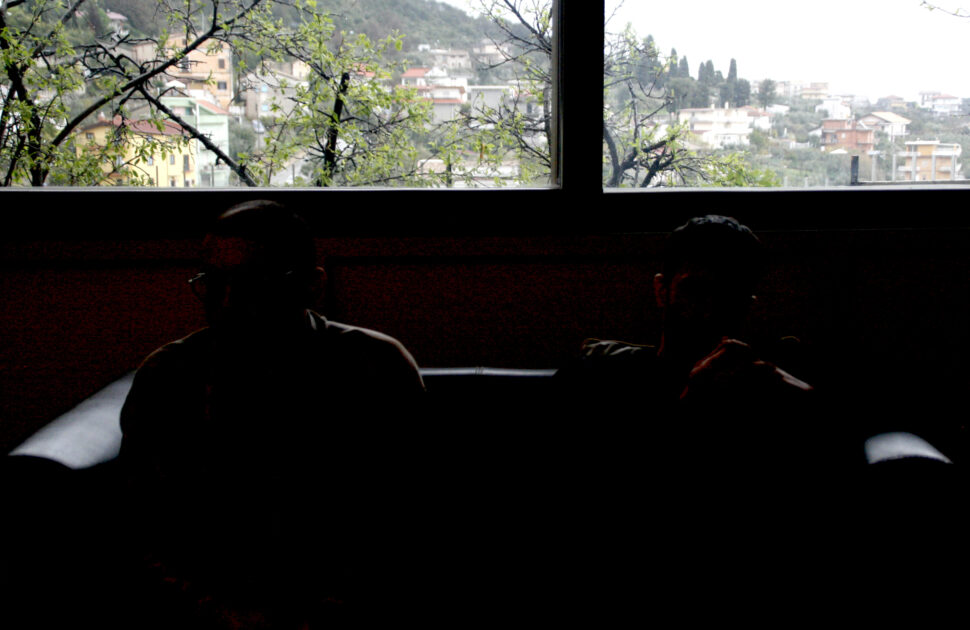
COLLECTIVE LAYERS
STRATI is a multidisciplinary art collective born in London in 2018 that mixes visual arts with sound and architecture.
Born from the convergence of artists from different backgrounds, Strati is a constantly evolving artistic platform, constantly seeking new formulas that aim to create site-specific and immersive artistic ecosystems within both natural and urban environments.
Roberto Di Ciaccio is a sound artist and sound engineer residing in London.
He is a co-founder since 2016 of Ab Uno, an ambient electronic music project exploring the intersections of modular synthesis, field-recording and visual art, with work to his credit on labels such as Dornwald Records, Opal Tapes, Mahorka, Rohs, Transferans. Since 2018 he is also a member of the art collective Strati. Roberto holds a bachelor’s degree in sound engineering from St. Louis College of Music in Rome and a master’s degree in Music Technology from UWL in London.
Ivano Pecorini is an Italian composer and Sound Artist based in London. His works range between electroacoustic composition and sound art, focusing on sound manipulation and the marriage of Field Recording, synthesized sounds, and acoustic instruments. The result is works steeped in exploration and experimentation that create unexpected electronic soundscapes.
He studied electroacoustic composition at the Conservatorio Santa Cecilia in Rome, and at the University of West London in London. He is currently pursuing a PhD in composition at the University of Greenwich in London.
PROJECT TITLE FOR SEMINARYSOGNINTERRA23
LIMEN
How important is the past for imagining and building the future?
Most important, if not fundamental. It is the past that provides us with a base of experiences and memories, both individual and collective, on which to design the future and build our identity. What we are is primarily due to the past. Precisely where the
foundations of the future are built in substance and form, it is easier for us to identify a persistent, recurring past. It is as if the more
we invoke the future, the more the past returns with its reverberating memories.
What are the elements you would like to/and work on further?
The theme of memory and its inherent instability is one that we have begun to address both individually and as a collective, and we feel that there is still much to explore. Working on site-specific works, and through different techniques and media, all this allows us to explore how memories can dissolve, change or even fade over time. Every place, every community has its own past made up of unique memories. There are cases where memory needs to be saved from oblivion by preventing it from fading, and others, where memory is alive and present in a strong and identifying way within a community like here in Maranola. For this reason, memory is a topic that fascinates us greatly and on which we will certainly continue to experiment.
Tell us more about the work for Seminaria.
Maranola reminds us of an enchanted record. We found ourselves watching video fragments of the religious processions of St. Michael and the impression we got was that time has somehow stopped here. The same ritual handed down for years repeats itself relentlessly, a loop heedless of the passage of time that helps form the foundation of the village’s collective memory. If it were not for the quality and characteristics of the video footage, which gets progressively better, year by year, it would be almost impossible to find differences. Thus was born the idea for Limen. Through the recovery of visual and sound archival material of the procession, we went in search of those moments, fragments and peculiarities that make this event seemingly static but at the same time alive and full of tiny nuances, reworking them through visual and sound manipulation, exploiting the irregularities of space and the instability of the medium.
A project that you have not been able to do, but would like to do?
We are working on new projects both in Italy and London that for various reasons have not yet
been possible to realize. Among all of them is a sound art work involving a structure made up of many malfunctioning refrigerators and an immersive lighting and audio project.
Your research ranges between the different languages offered by multimedia, sound hybridizes with nature or video by returning immersive environments, during the processes of realization what importance does sound acquire? Does it represent for you the incipit of creation or the climax?
Coming both from the world of sound, it is clear that sound plays a very prominent role for us and is a fundamental language within our multimedia works.
The creation of a nonlinear and immersive narrative is the common thread that binds all our works, beyond the techniques used. If we think of musical composition as the organization of sounds evolving over time, in this case the use of ever-changing sound sources and media allows us to compose works that occupy space, that interact with it; a true mutualism, a symbiotic relationship that can offer different cues and perspectives each time. For this reason, there is no single way forward. Sometimes it is the soundscape of a specific place that inspires our creative process and makes us approach a work in a unique way; other times, however, the sound is just one aspect, the culmination of a larger and more multifaceted research process.
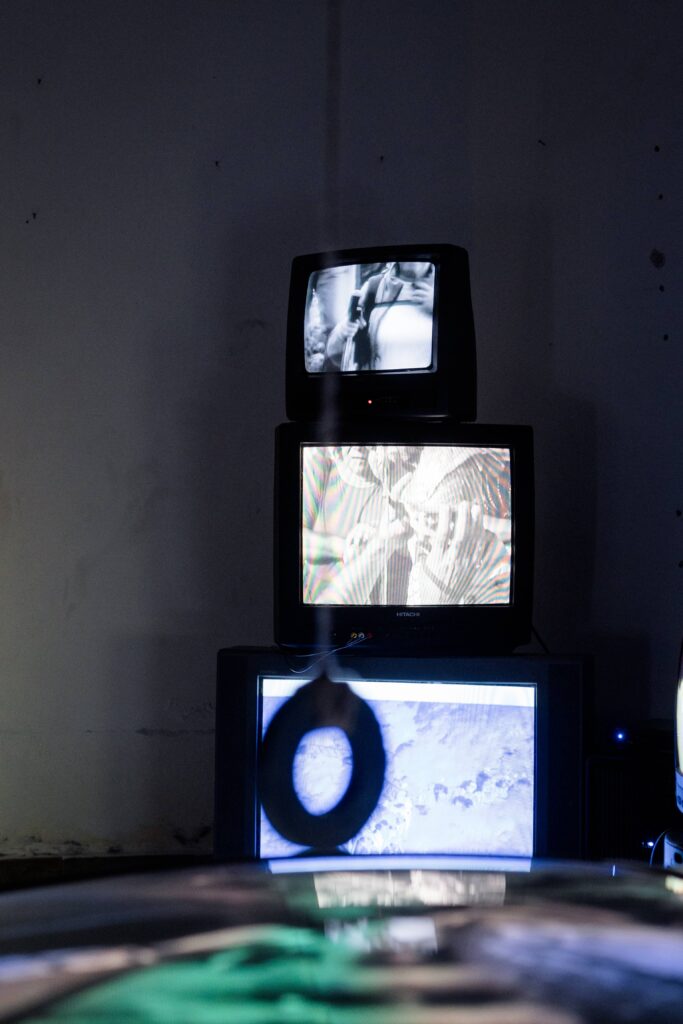
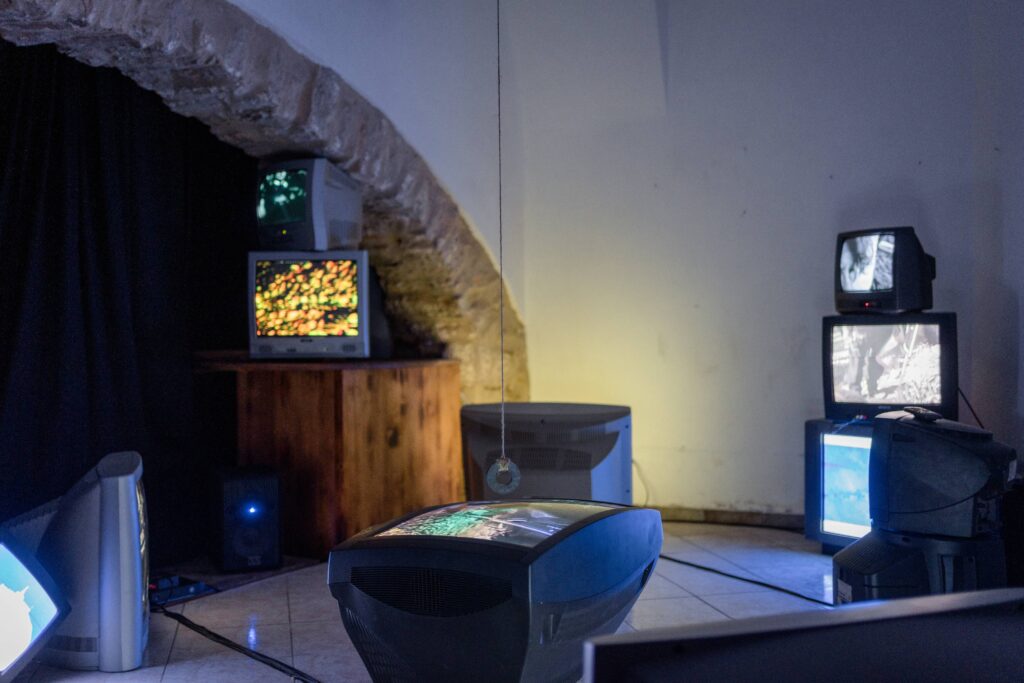
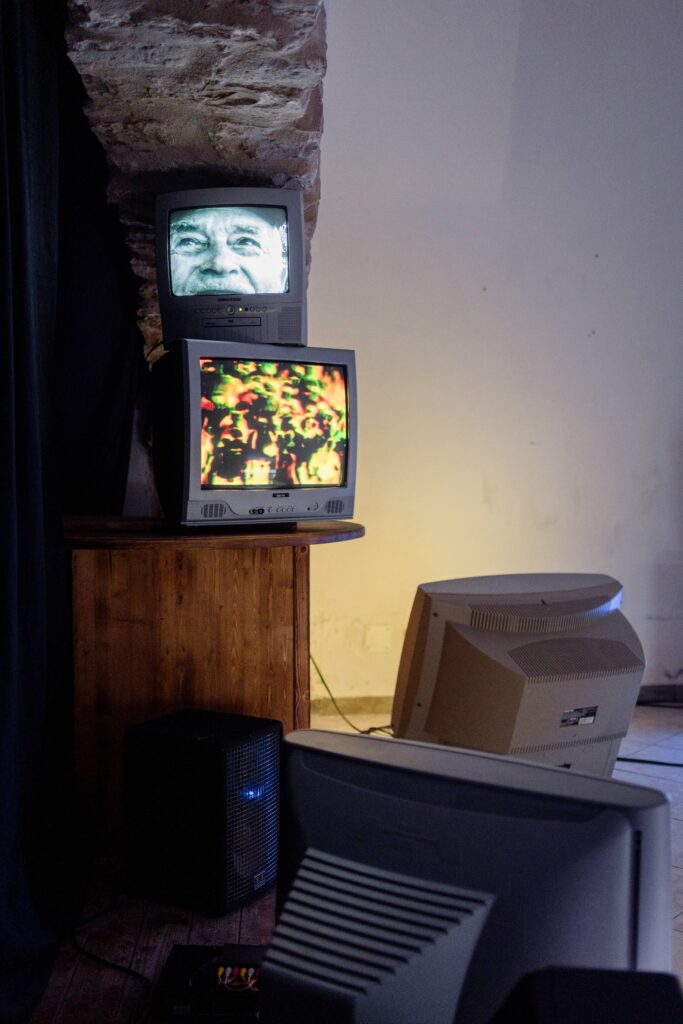
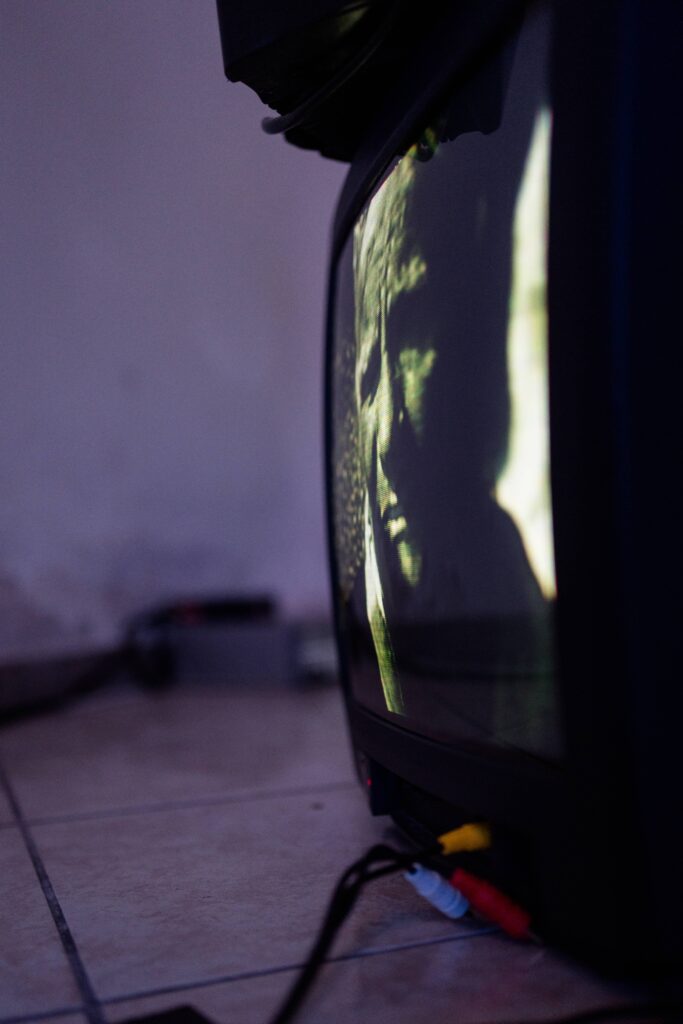
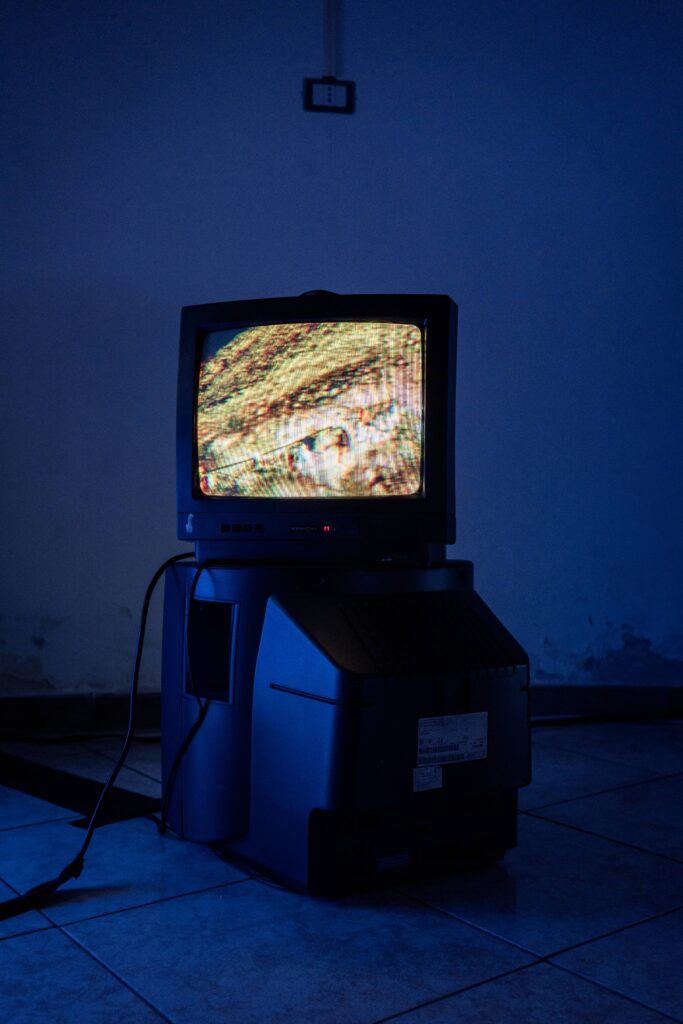
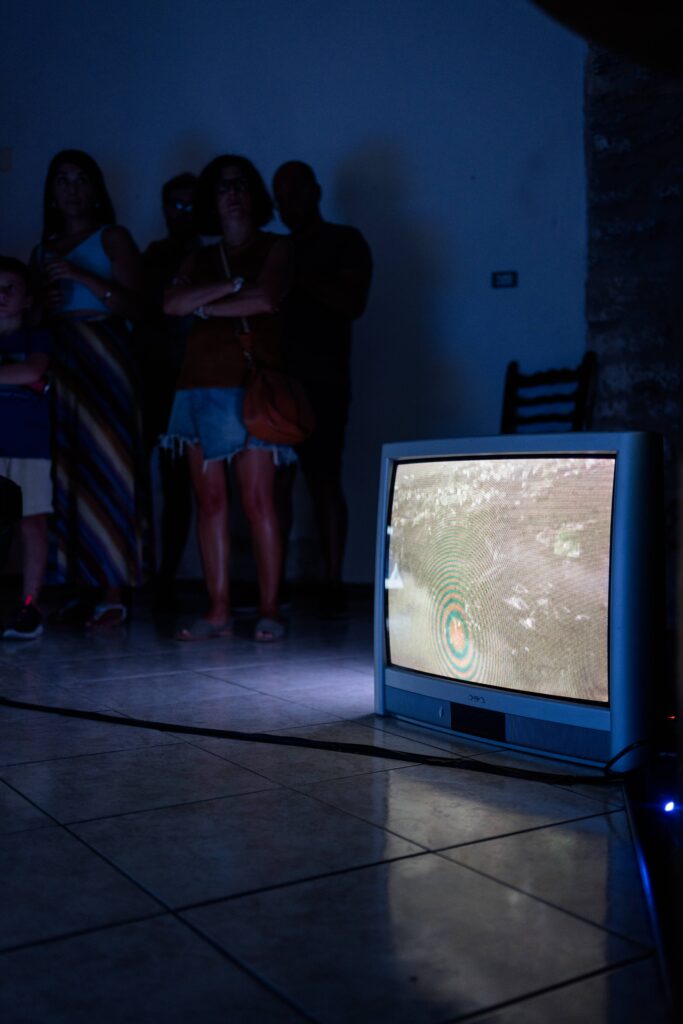
This post is also available in:
Italiano (Italian)
